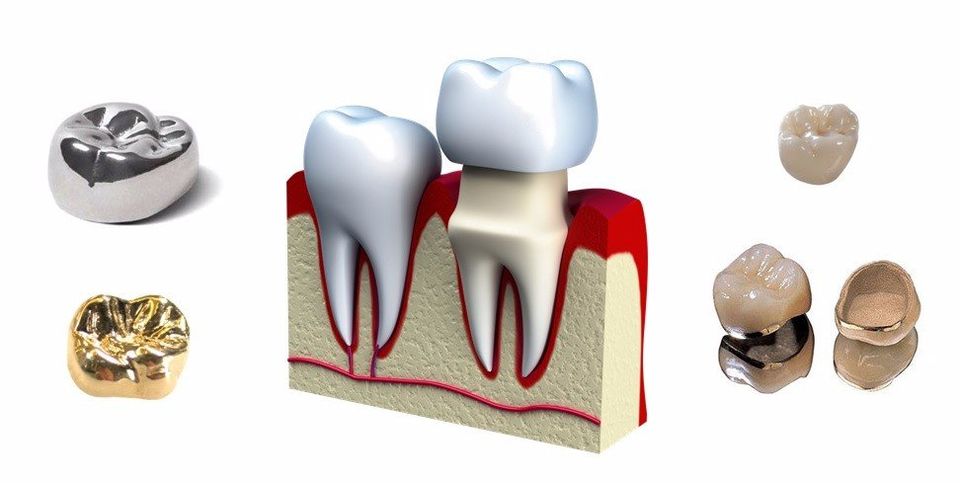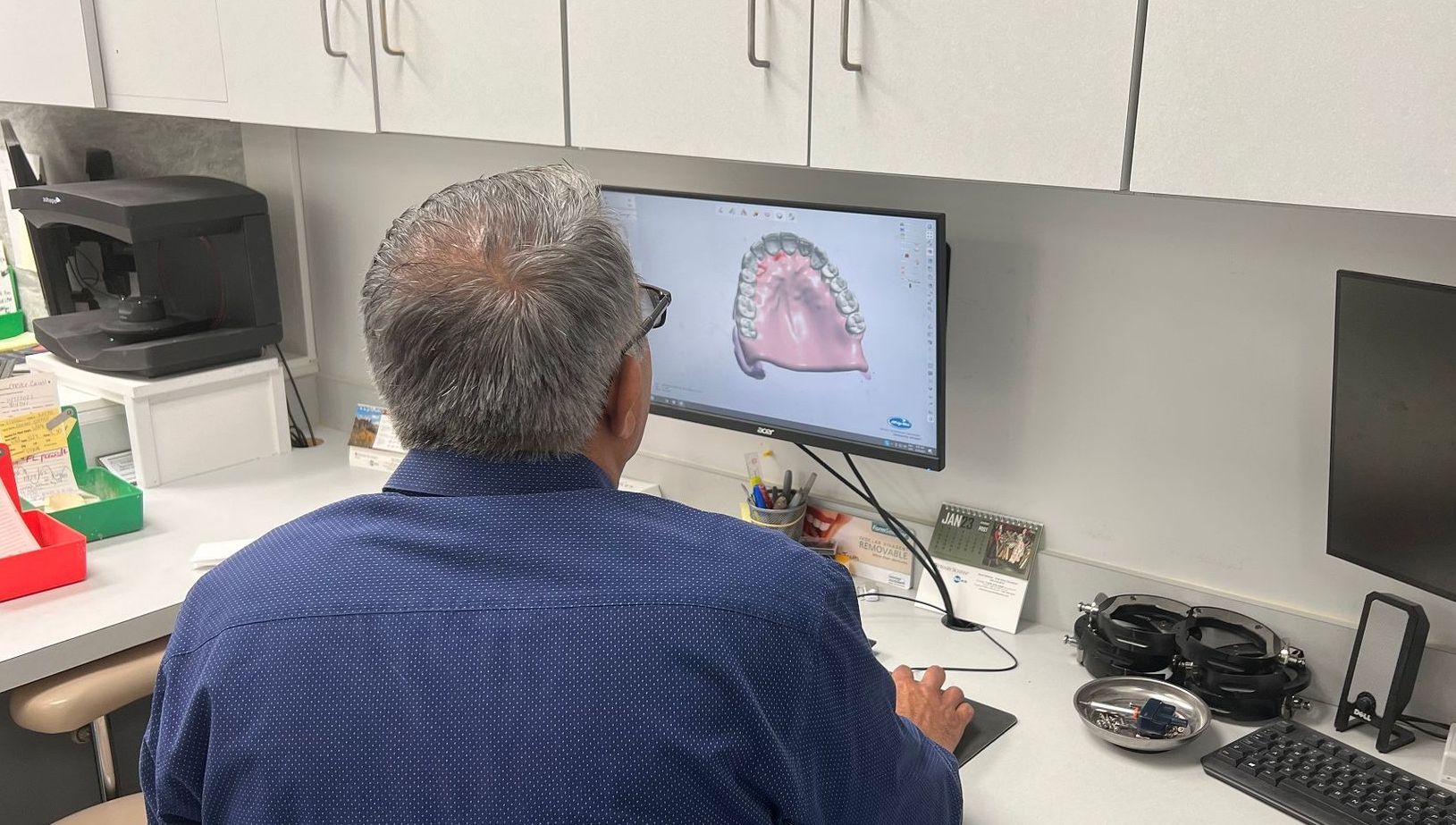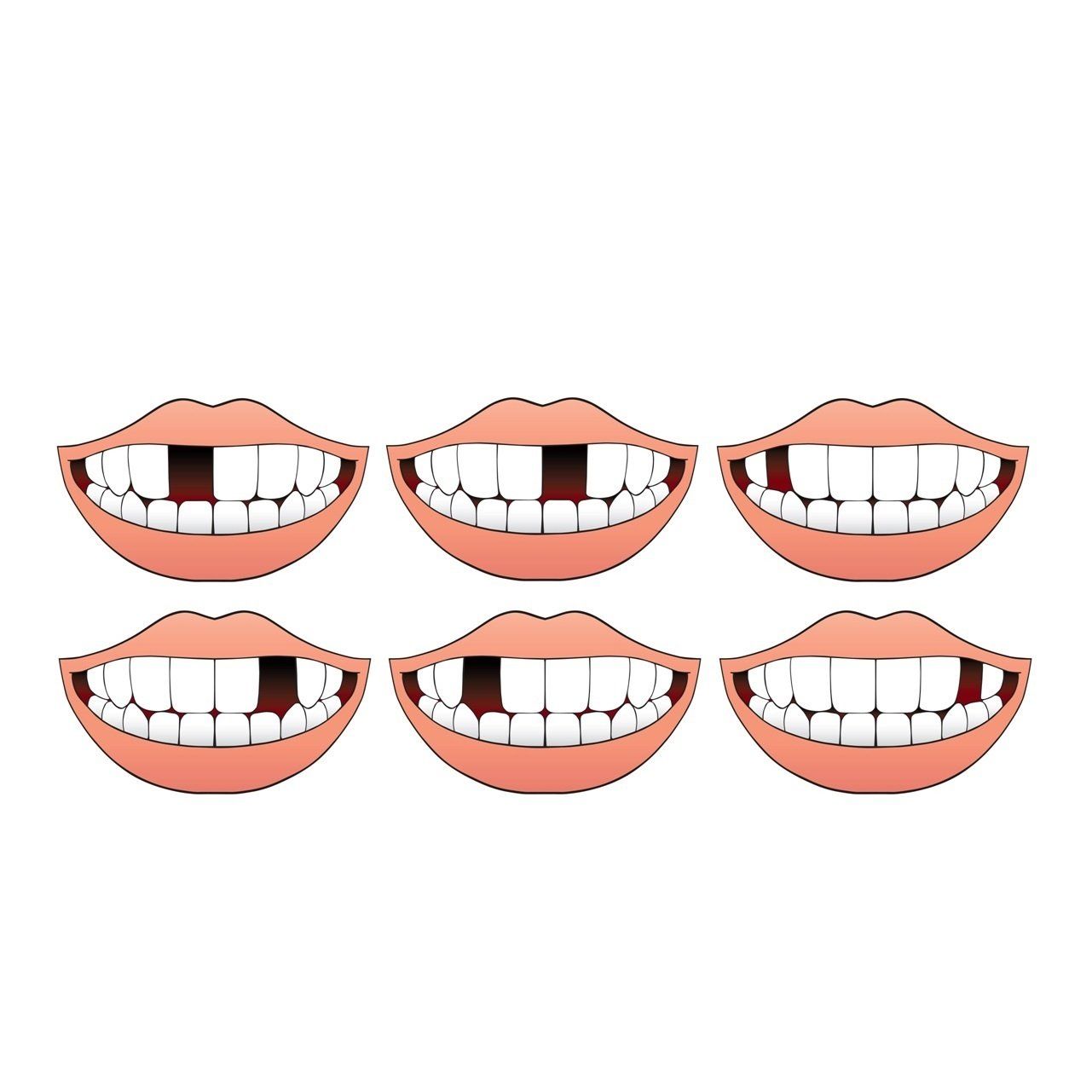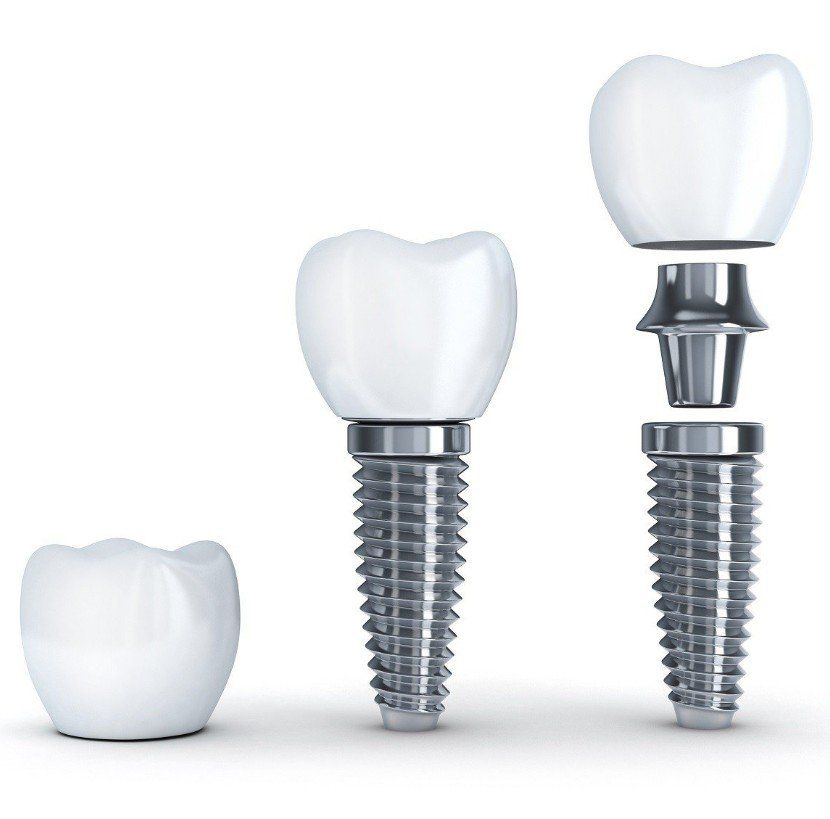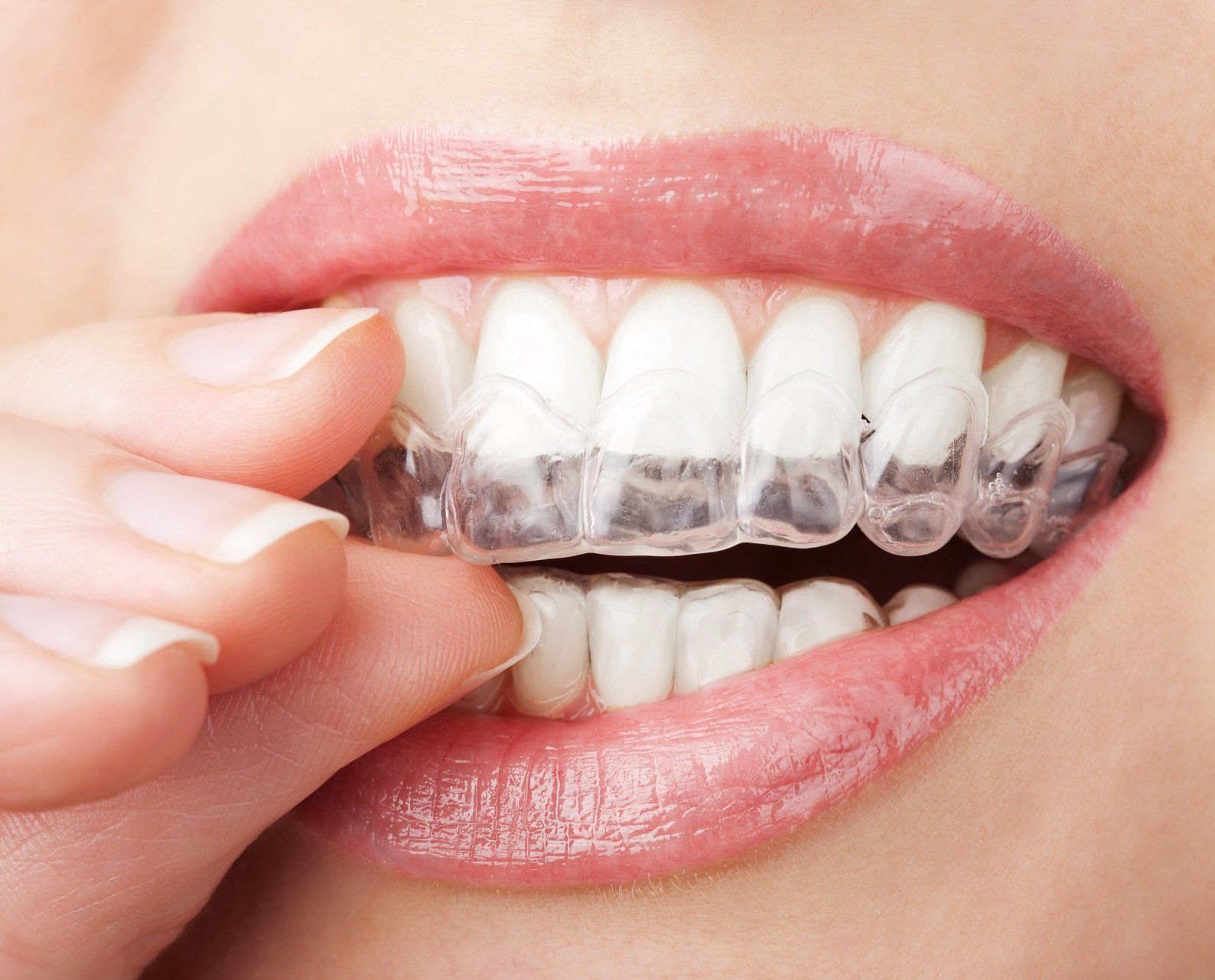Dental Crowns
Learn What a Dental Crown Is and Why You Would Need One
What Is A Crown?
A crown is a cover or “cap” your dentist can put on the tooth to restore its shape and size, strength, and improve its appearance. The crowns, when cemented into place, fully encase the entire visible portion of a tooth that lies at and above the gum line.
The purpose of the crown is to make the tooth stronger or improve the way it looks.
Why You May Need a Dental Crown
You may need a crown if you:
- Have a cavity that is too large for a filling
- Have a broken tooth or a tooth that has been severely worn down
- Have a tooth with a large filling or fractures
- Are missing tooth and need a bridge
- Need to cover misshapen or severely discolored teeth
- Need to cover a dental implant
- Need to make a cosmetic modification
- Have had root canal treatment (the crown will protect the restored tooth from breaking)
How A Crown is Placed
Preparing a tooth for a crown usually requires two visits to the dentist -- the first step involves examining and preparing the tooth, the second visit involves placement of the permanent crown.
First Visit: Examining and Preparing The Tooth.
At the first visit in preparation for a crown, your dentist may take a few X-rays to check the roots of the tooth receiving the crown and surrounding bone. If the tooth has extensive decay or if there is a risk of infection or injury to the tooth's pulp, a root canal treatment may first be performed.
Before the process of making a crown begins, your dentist will anesthetize (numb) the tooth and the gum tissue around the tooth. Next, the tooth receiving the crown is filed down along the chewing surface and sides to make room for the crown. The amount removed depends on the type of crown used. If a large area of the tooth is missing (due to cavity or damage), your dentist will use filling material to "build up" the tooth to support the crown.
After reshaping the tooth, your dentist typically will use a paste or putty to make an impression of the tooth to receive the crown. Impressions of the teeth above and below the tooth to receive the dental crown will also be made to make sure that the crown will not affect your bite.
The impressions are then sent to a dental lab where the crown will be manufactured. The crown is usually returned to your dentist's office in two to three weeks. During this first office visit your dentist will make a temporary crown to cover and protect the prepared tooth while the crown is being made. Temporary crowns usually are made of acrylic and are held in place using a temporary cement.
Second Visit: Receiving The Permanent Dental Crown
At the second visit, your dentist will remove the temporary crown and check the fit and color of the permanent crown. If everything is acceptable, a local anesthetic will be used to numb the tooth and the new crown is permanently cemented in place.
Caring for Temporary Dental Crowns
Because temporary dental crowns are just that - a temporary fix until a permanent crown is ready - most dentists suggest that a few precautions. These include:
- Avoid sticky, chewy foods
- Try to chew on the different side
- Avoid chewing hard foods
- Slide flossing material out-rather than lifting out-when cleaning your teeth.
- If temporary crown comes off your should call your dental office to have it re-cemented
How Long Do Dental Crowns Last?
On average, dental crowns last between five and 15 years. The life span of a crown depends on the amount of "wear and tear" the crown is exposed to, how well you follow good oral hygiene practices, and your personal mouth-related habits (you should avoid such habits as grinding or clenching your teeth, chewing ice, biting fingernails, and using your teeth to open packaging).
Types of Dental Crowns Available
Permanent crowns can be made from stainless steel, all metal (such as gold or another alloy), porcelain-fused-to-metal, all resin, or all ceramic.
- Stainless steel crowns are prefabricated crowns that are used on permanent teeth primarily as a temporary measure. The crown protects the tooth or filling while a permanent crown is made from another material. For children, a stainless steel crown is commonly used to fit over a primary tooth that's been prepared to fit it. The crown covers the entire tooth and protects it from further decay. When the primary tooth comes out to make room for the permanent tooth, the crown comes out naturally with it.
- Gold crowns withstand biting and chewing forces well and probably last the longest in terms of wear down. Also, gold crowns rarely chip or break. The metallic color is the main drawback. Gold crowns are a good choice for out-of-sight molars.
- Porcelain-fused-to-metal dental crowns can be color matched to your adjacent teeth. However, more wearing to the opposing teeth occurs with this crown type compared with metal or resin crowns. The crown's porcelain portion can also chip or break off. Next to all-ceramic crowns, porcelain-fused-to-metal crowns look most like normal teeth. However, sometimes the metal underlying the crown's porcelain can show through as a dark line, especially at the gum line and even more so if your gums recede. These crowns can be a good choice for front or back teeth as well as long bridges where the metal is needed for strength.
Caring for Your Teeth and Crowns
To prevent damage to a crown, there are a few things you can do:
- Avoid chewing ice or other hard objects like pencils. This is especially important for tooth-colored crowns
- Wear night guard if you clench or grind your teeth
- Be sure to see your dentist and dental hygienist for regular exams and teeth cleaning
- Brush twice a day and floss at least once a day
- Use fluoridated mouth washes at least once a day
Contact Us for More Information
If you would like to learn more about dental crowns or have questions about whether or not you need a crown, please contact us by calling 330-733-7911 or send us a website message .


